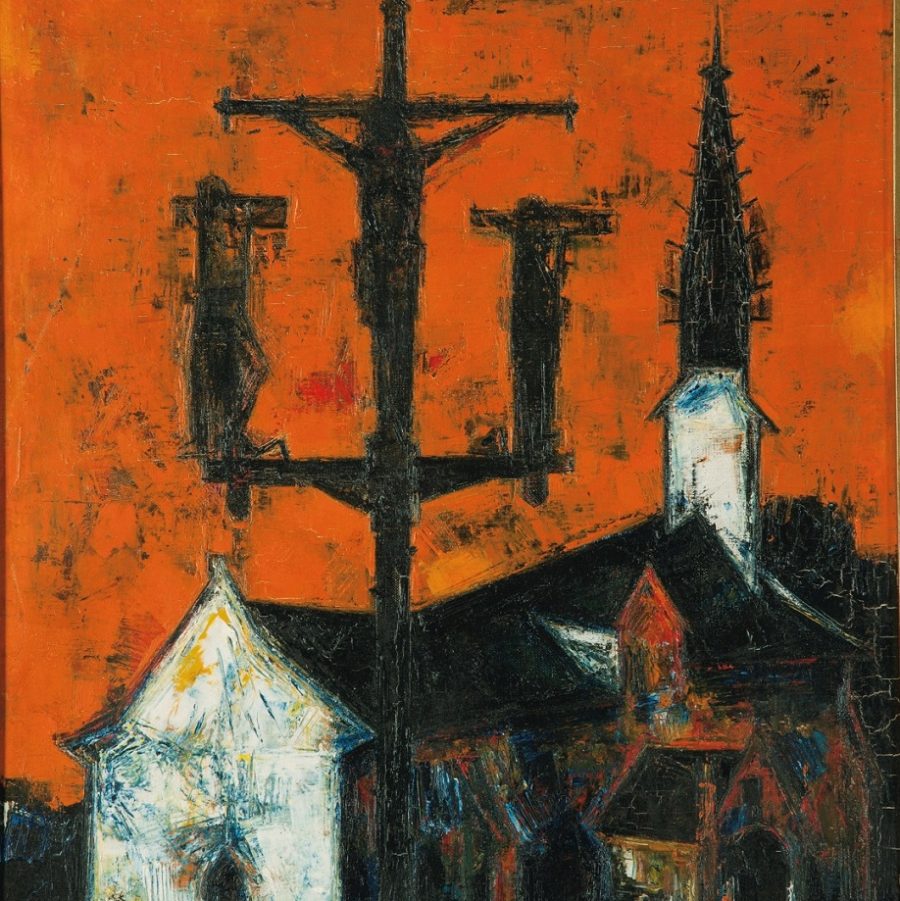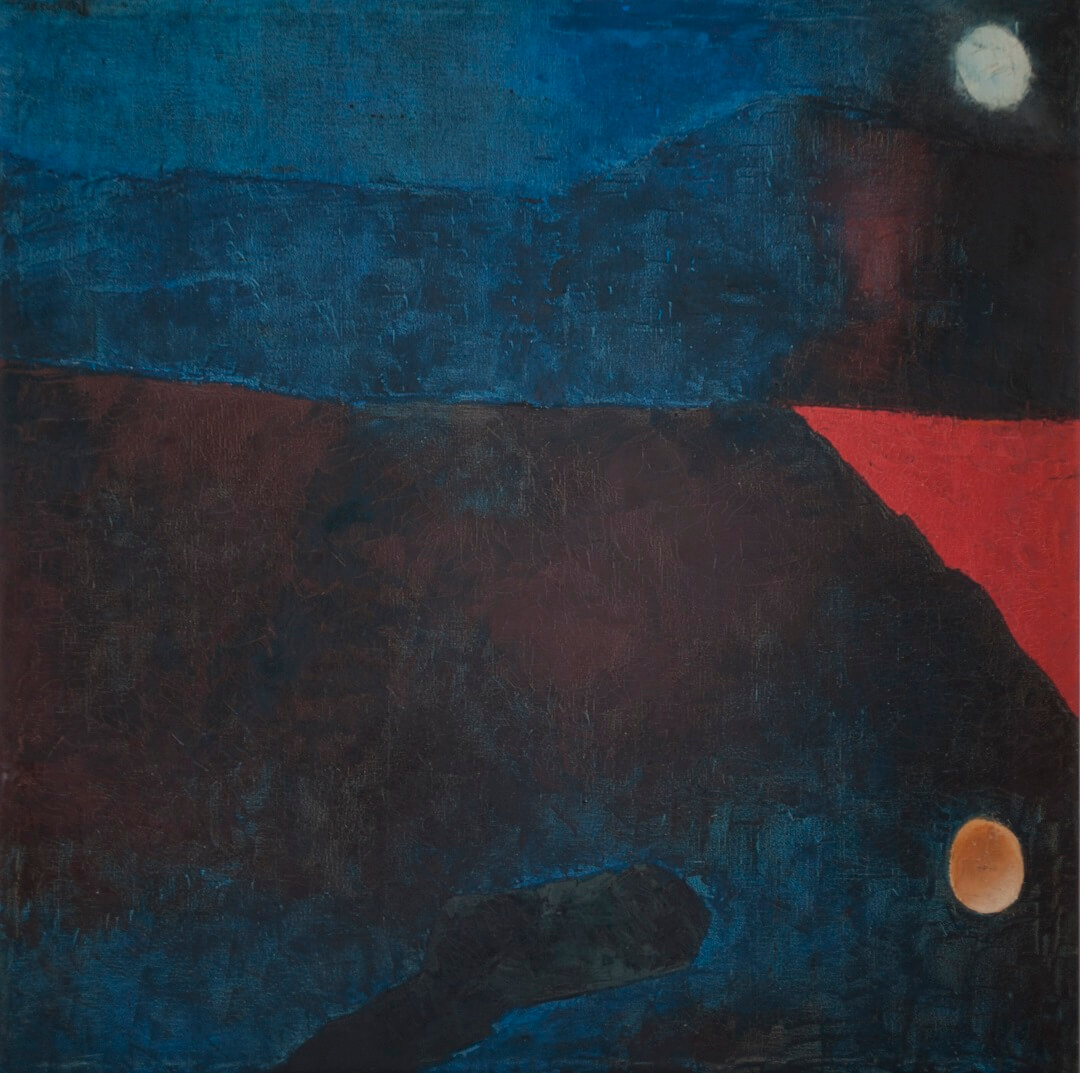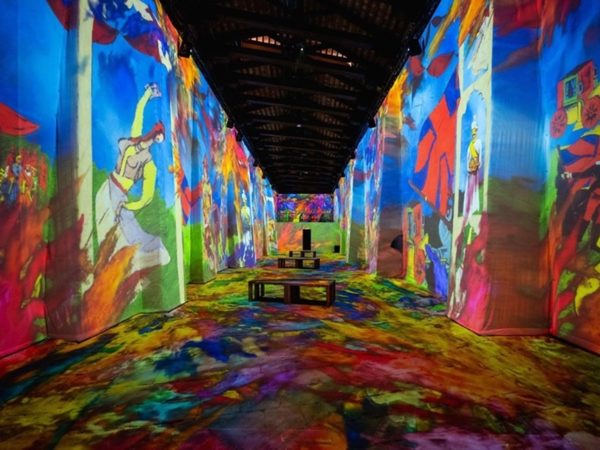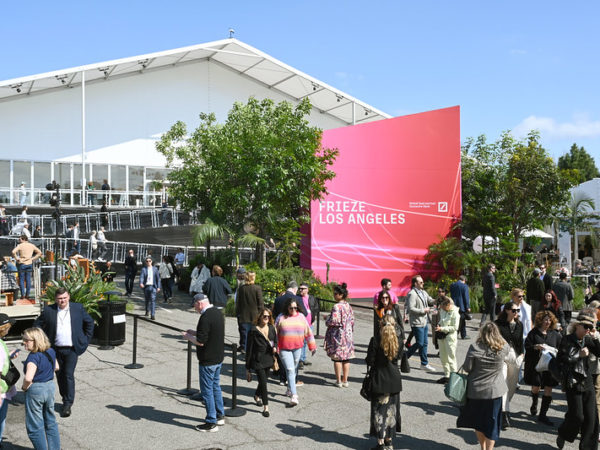Vital Interlocutors Of Art
Tracing artistic friendships and paying tribute to the recently demised Akbar Padamsee, Yugma III showcases his paintings alongside Progressive powerhouse S. H. Raza
As a greenhorn art writer in Mumbai, then called Bombay, one had the good fortune to meet and spend time with both Akbar Padamsee and S H Raza, hence a glimpse of the exhibition Yugma III at Vadehra Art Gallery was like a trip down memory lane. Essentially Yugma means pairing or togetherness in Sanskrit and it is the third recapitulation in a series of exhibitions planned by Vadehra to showcase the friendships and shared experiences between the Moderns.
This segment features the early works of these two pillars, which centers around a selected body of their works from the 1950s, 1960s, and 1970s – courtesy the collection at the Kiran Nadar Museum of Art, New Delhi – and it includes candid photographs of the two artists at work and at ‘play’.
Both were stalwarts of the Progressive Art Group (PAG), though Raza was one of the founder-members of the PAG, while Padamsee was an important ‘friend of the Progressives’. Besides their ‘official’ relationship, the two artists also shared a friendship that moved beyond group dynamics, since they both strongly believed in the idea that a painting should be ‘born out of nothingness’.
I remember the similar gesture that they both undertook while speaking, when I met them in separate instances at their respective places of work—they each held up their hands to the empty space in front of them as if they were holding a brush and indicated that moment of giving birth to painting. At the time, Padamsee was staying in a bungalow in Juhu facing the sea and Raza was visiting from Paris and was being hosted by Tao Art Gallery in Worli. “You sketch and you plan and you think but ultimately the painting just happens,” Padamsee once said. While Raza intoned, “If you have done enough Sadhana then the Bindu or the Nada will just appear.”
Both the artists also loved to write and hence they shared an epistolary friendship even while they were traveling to different parts of the world, which has been well documented in the book Geysers published by Vadehra Art Gallery and The Raza Foundation.
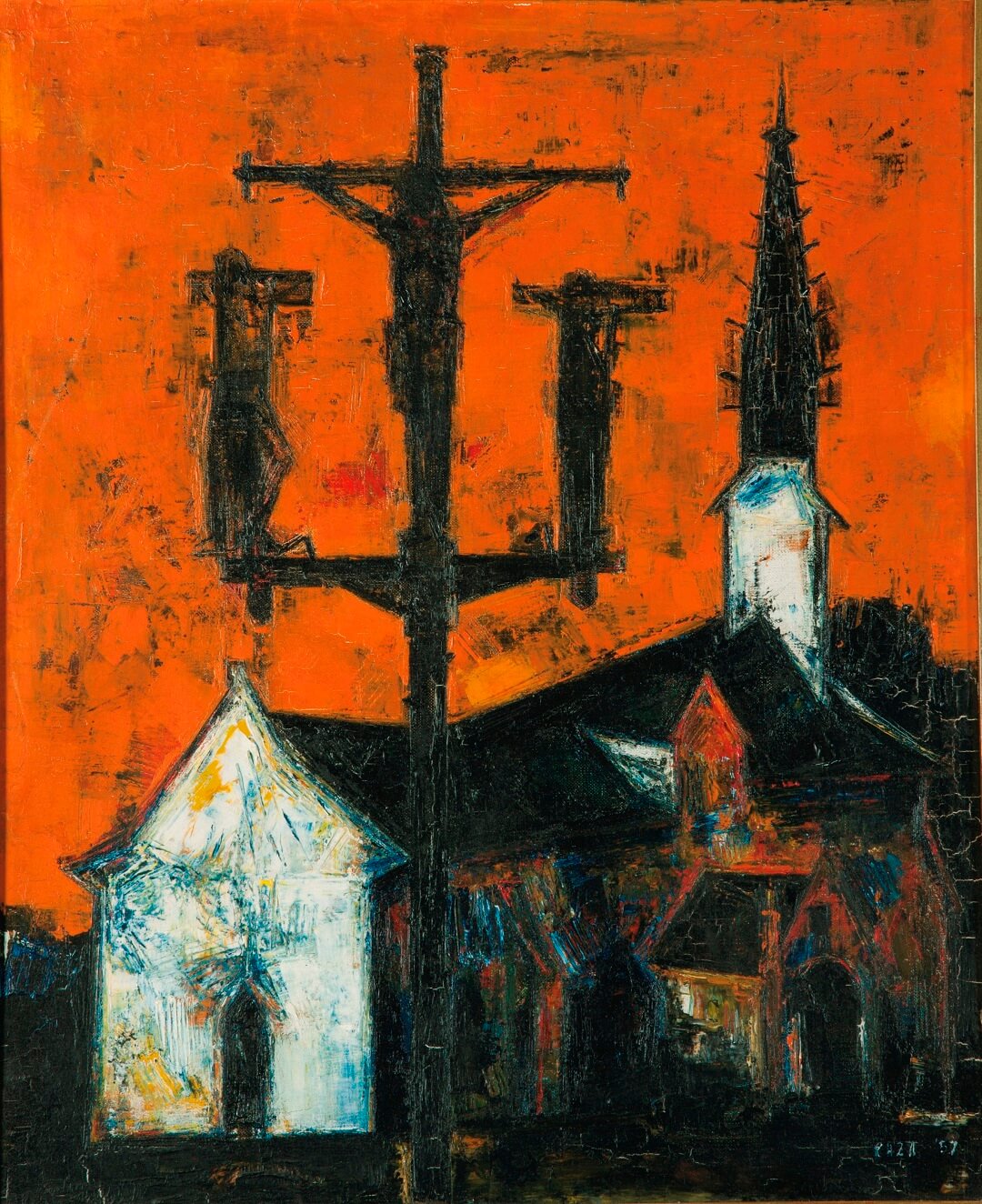
S.H. Raza (1922 – 2016)
Crucifixion, Oil on canvas, 24 x 19.50 inch, 1957
Stylistically, Raza was known to move from vibrantly painted landscapes towards what came to be known as his ‘Indian Tantric sensibilities’, although he never called himself a Tantric painter, rather he emphasized his relationship with the Bindu and the Nada, two aspects of Hindu/ Indian belief that focused on female and male energies.
The Bindu for Raza was the dot, the womb, the seed, the beginning of all possible life forms, while the Nada has been picturized as a set of serpentine linear forms. Later on, I was re-told the story of this Bindu by Raza himself on a fine morning in Delhi where he came to settle after his wife Janine Mongillat passed away. The Bindu was a childhood recollection of a dot painted on the wall that he was told by his teacher to stare at when ‘punished’ at his school. The dot later surfaced in his work. As a reward rather than a punishment enriching him with memories of his formative years when he missed India as a diaspora artist.

S.H. Raza (1922 – 2016)
Untitled, Oil on board, 19 x 51 Inch
Around the 1960s particularly Raza’s compositions became ‘transcendental’, caught in the junction between his previous works, which were predominantly bursting with the flames of warm colors, and his new paintings, which negotiate between the abstract and the figurative, the surface and the shape, the pigment and the canvas.
Raza was then known to say, “Total concentration is necessary. Wherein past, present, future unite, where the genetic memory, the racial unconscious, your training, and your learning, your life of every day all come together in a very strange, indescribable manner.

Akbar Padmasee (B. 1928-2020)
Grey Nude, Oil on canvas, 35.70 x 127.50 inches, 1960
While Padamsee, is renowned for his female nudes and the attenuated bodies of his men, during the 1960s, which also mark his early travels of India and France and parts of the US, it was his search for that evasive ‘Metascape.’ which finally defined his later journey. “The idea of using the sun and moon in my Metascapes originated when I was reading the introductory stanza to Abhijnanashakuntalam,” said Padamsee in a 1977 interview with Mala Marwah. This indicates the sun and the moon as the two controllers of time, water as the origin of all life, fire as the link between man and god, and the earth as the source of all seed.
Akbar Padmasee (1928-2020)
Untitled, Oil on canvas, 48 x 48 inches, 1975
It was a genre of landscape painting that emerged as the hallmark of Padamsee’s practice, marking a noteworthy shift from empirical representation towards non-naturalism. Through his atmospheric and expressionistic compositions, Padamsee evoked a sense for both the mythic and the material, the visible and the invisible.

Akbar Padamsee (1928-2020)
Village Aux Quatre, Maisons Oranges, Oil on canvas,
24 x 19 inches,1963
Reiterating his stance Padamsee wrote, “I don’t paint forms. Forms merge from the dynamism of movement. As the brush strokes move across the canvas, as they hit the boundary of the picture space and bounce back, an energy field is created and it is this energy field which is the matrix of the image. A tension between color and color creates its own harmony, a planar movement.”

S.H. Raza (1922 – 2016)
Jaipur,Acrylic on canvas,39.50 x 39.50 inches, 1964
One can trace these ‘planar movements’ in the early works of both Padamsee and Raza, through the display, whether it is 1928 attenuated nude study of a woman, a village landscape or an early meta scape both belonging to 1928, a period in Padamsee’s oeuvre. In the instance of a Raza, it would be the strong and solid columnar structural paintings of a church or a village to his more abstract 1960s rendition of Jaipur.
With the efforts put into Yugma III, we can get a sense of this dynamic duo through revisiting their early works, letters, and photographs bringing a fuller understanding and appreciation of their later works.
Text by Georgina Maddox
Images courtesy Vadehra Art Gallery
Find out more about the artists and gallery:

